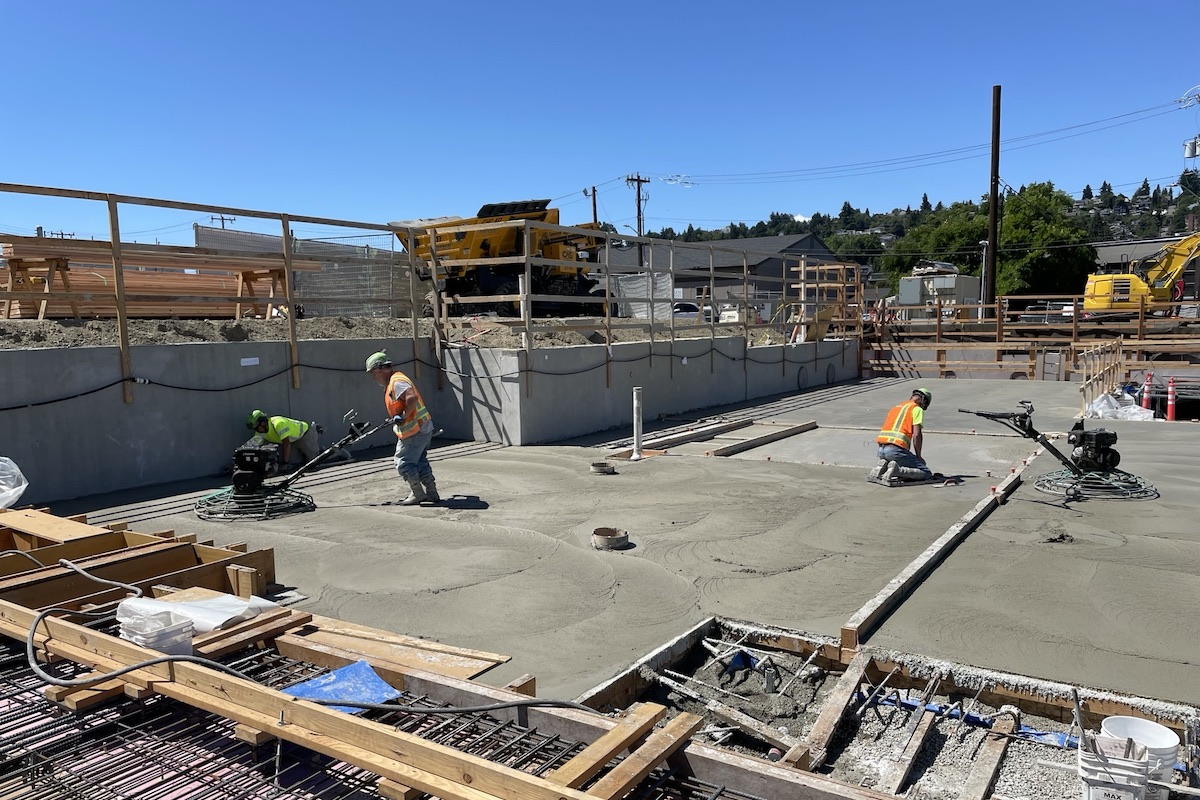Originally completed in 1951, the Seward Highway is the only road between Anchorage and the Kenai Peninsula. Recognized for its scenic, natural, historic, and recreational values, it is considered an All-American Road and a National Scenic Byway by the Federal Highway Administration. It connects communities, recreational areas, cruise ship ports, fishing locations, and popular tourist destinations.
In March 1964, the magnitude 9.2 Great Alaskan Earthquake severely damaged the roadway. Reconstruction began two years later and completed in May 1968. Nearly half a century later, the roadway reached the end of its design lifespan. Serving more than 20,000 vehicles per day, its two-lane design lacked passing and turning lanes, sufficient parking, and recreation amenities; contained deficient curves; and was often congested. Sandwiched between the Cook Inlet’s Turnagain Arm and the Chugach National Forest, the roadway crosses several waterbodies. In 2006 and 2007, due to its high crash history, Alaska’s governor listed it as a Highway Safety Corridor.
The 15-mile, $138 million road and bridge rehabilitation project transformed the highway. The team straightened curves; reconstructed or rehabilitated and seismically upgraded nine bridges; provided 5 miles of passing lanes in each direction and turn lanes at critical intersections; repaved the entire stretch; enhanced pedestrian facilities; improved drainage; and protected shorelines. With three new underpasses and an extended multimodal scenic trail, the project increases pedestrian safety and improves access to recreational spots.
The project overcame significant challenges, including a two-decade project timeline, maintaining traffic for more than 20,000 vehicles per day, 30-foot tidal fluctuations, a shortened construction season and frigid winters, and extreme seismicity and highly liquefiable soils. The team also remained vigilant for critical and endangered species, including beluga whales, that propagate the Turnagain Arm.







































































